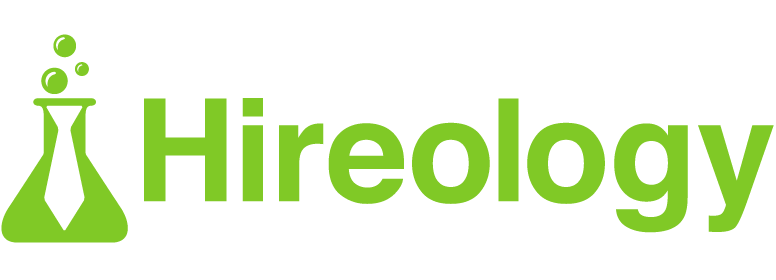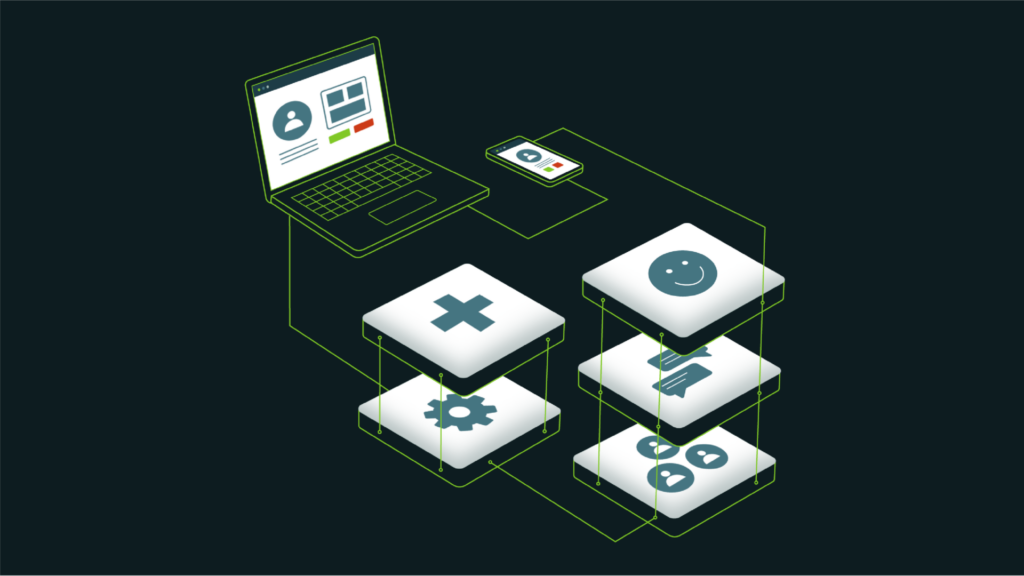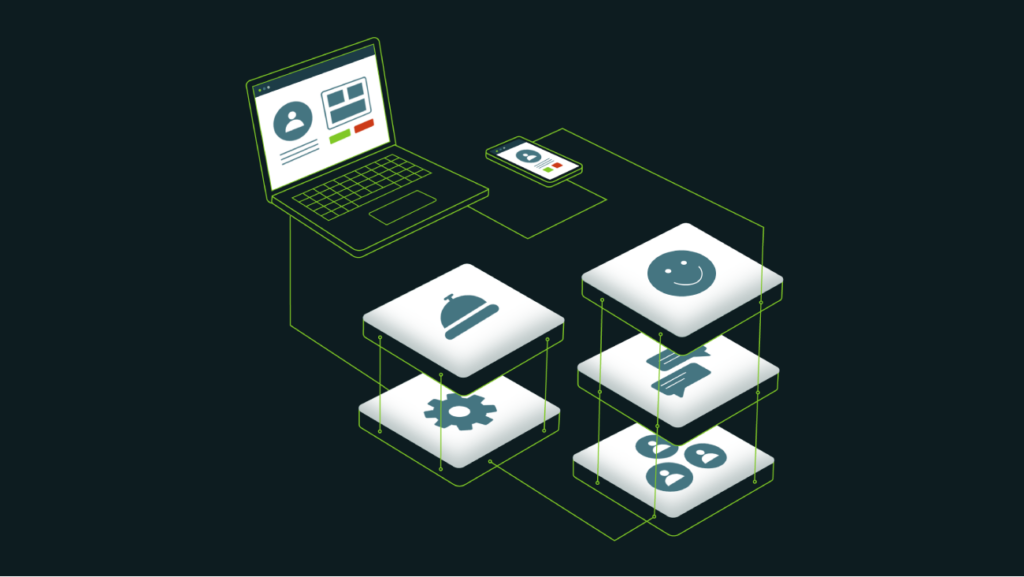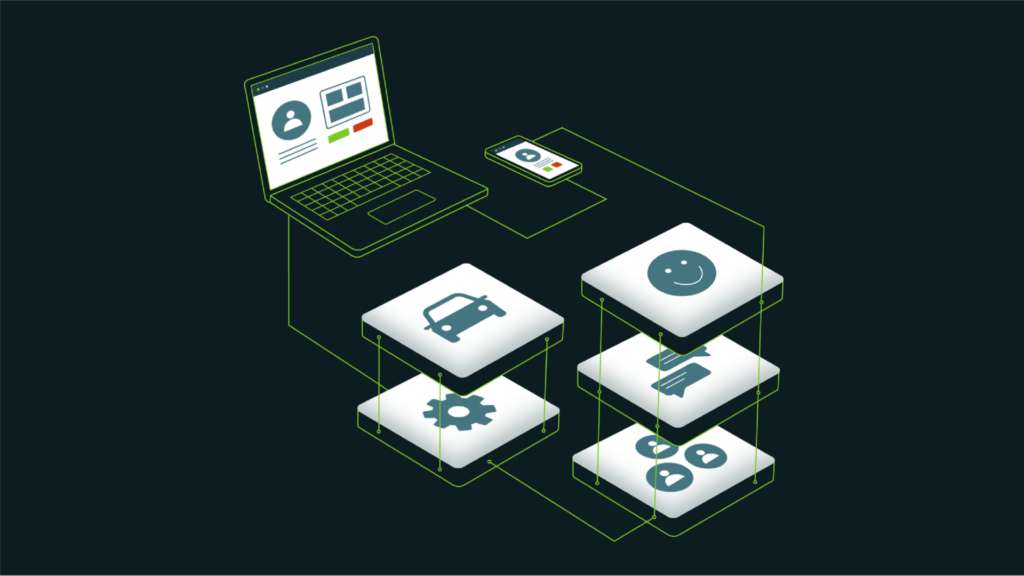The final quarter of the year is well under way and now is one of the busiest times for your business to determine whether or not you have the right tools and systems in place to achieve your 2018 goals. And one of the systems to evaluate this time of year is your payroll provider.
If your payroll provider isn’t working for your business for any number of reasons – including high fees, cumbersome manual processes or lack of customer service, to name a few – the end of the year is the perfect time to make the switch to a new provider. By finding the right payroll provider now, you can make a clean switch on January 1 to kick off the new tax year.
A top concern business leaders have when it comes to switching payroll providers – or switching to any other new vendor system – is lost productivity as a result of employees getting up to speed on the new system. If you’re looking to switch payroll providers, we’ve outlined some tips below to make the transition as easy as possible on your employees – and save your business time and money while you’re at it.
Partner with an Integrated Payroll and Talent Management Provider
Many businesses use different systems for onboarding, taxes, benefits administration, hourly time tracking and time off tracking, among other HR processes. If this sounds all too familiar – and similar to how your business runs – consider partnering with an integrated payroll and talent management provider that centralizes all talent management-related processes in one platform.
In most cases, separate HR systems don’t interact with one another, posing a risk for human error if all information isn’t updated across systems. Centralizing all your HR processes in one platform means you won’t have to manually update your payroll system each time an employee changes their benefits election or adjusts their tax withholding, for example.
In the long run, partnering with an integrated payroll and talent management provider will save your business administrative time and money, and enable employees to access all necessary information – such as tax forms and pay stubs – in one place.
Complete a Mock Payroll Run
To ensure complete accuracy with the first payroll run using your new payroll provider, make sure to do a dry run ahead of time. Time the dry run a few weeks before you officially transition, to ensure you have any kinks worked out and avoid the risk of paying employees incorrectly due to administrative errors.
Share an FAQ Document with Employees
Your employees are likely to have several questions each time your business switches to a new platform or process. Rather than answering the same questions over and over again, either ask your payroll provider for a FAQ document or have a member of your HR or finance team pull together a list of common questions your employees might ask. This will make the transition much smoother and save everyone time.
Assign Employees a List of Tasks
With the right payroll and talent management provider, most employee information should be automatically migrated over the new system, so your finance, HR or individual employees don’t have to make too many manual updates. But with any transition, you’ll want to make sure all information in the new system is accurate. Rather than leaving it up to employees to navigate the new system, assign a list of tasks to all employees while you’re in the process of switching payroll providers. For example, ask employees to make sure their general information – such as address, birthdate and direct deposit account number – is all accurate.
For more information on choosing the right payroll provider to set your business up for success in 2018, download our eBook, “Unifying Your Hiring and Talent Management Systems.”





